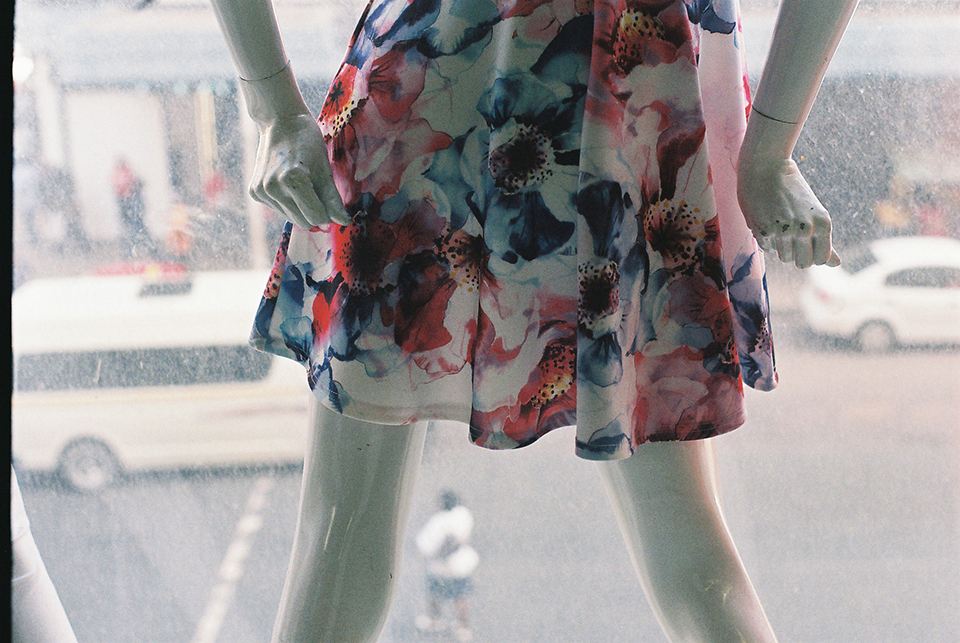I interviewed artist Robyn Perros about her work [wo]mannequin on show at the new experimental gallery space The Other Room in Durban.
The exhibition includes two videos titled @Herr1234 and Don’t Look. In @Herr1234 we are introduced to the character Herr through the documentation of an experimental performance of the mute mannequin walking through Durban’s CBD as it tries to discover a sense of self. This performance explores the role the camera plays in distorting reality, our obsession with the body, self-promotion and gender identity as a performance. Don’t Look explores the ‘everyday’ perversions of society and the erotic feelings affirmed in image making. The participatory installation Worn sees used mannequins displayed on a wall. Audiences were invited to share comments, thoughts and drawings on these plastic bodies. The exhibition also includes photographic images mostly shot in analogue. In our interview Robyn expands on her work and the experimental elements in this exhibition.
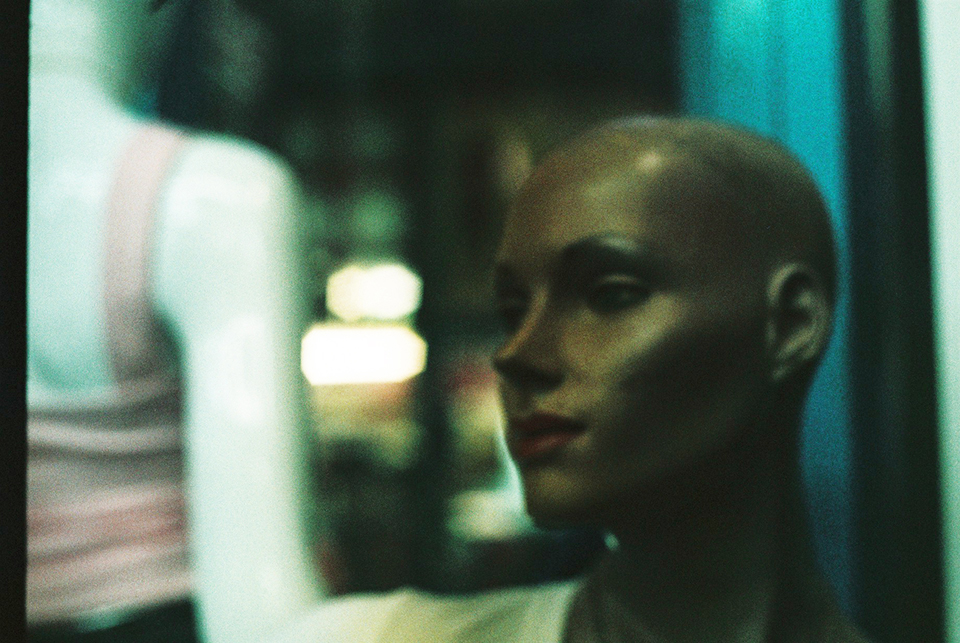
Tell our readers about you and your art practice
When I moved to Durban in 2014, I spent most of my free time exploring the city in solitude. My weekends were spent walking, observing, listening (basically loitering). I suppose my ‘art’ developed out of this exploration. I told my friend, fellow artist and street photographer, Samora Chapman, about the places I was going. He said: “Fuck! You should be shooting!” He gave me his Dad’s old camera and I started making pictures.
I was into video during university, but had never explored photography much at all. Later I was given an old Pentax analogue camera from my step-father. I began experimenting with film and have never turned back. I love photographing inanimate objects, spaces in between and what it means to be human. My interest in participatory methods, anthroposophy, dreams also inform my art practice. Some of my influences: Nan Goldin, Martin Parr, Susan Sontag, Herman Hesse, Roald Dahl – but mostly my creative circle of friends.
(I never studied art or photography. My academic background is in Journalism and Ethnomusicology. But I have been working as a writer, photojournalist, and online editor in Durban for the past two years. I’m now freelancing / hustling for any form of income before I head to Sweden to live in my sister’s basement, work, study and join a bobsled team 😉
You describe [wo]mannequin as an “exhibition and experiment”. This is interesting. Would you like to elaborate on this?
I describe it as an exhibition for obvious reasons: I am displaying a set of physical works which people can come to a physical space and engage with. However my interest truly lies in public art, participation and process. So there are elements of this exhibition which are social experiments. These being two public performances (one done in the Durban CBD and one on the opening night of the exhibition by Herr) as well as a participatory installation, which is still growing.
One undertakes an experiment in order to make some sort of discovery. So what happens when you take a live walking mannequin and let it loose on the streets? What happens when you put it in a gallery space? Same object. Different context. Contrasting (yet some similar) outcomes. Any art conducted in the public space, is an experiment. Because ‘the other’ is any person or thing that is not me. Therefore, we can make assumptions, but can never really know how people are going to react. This is the magic.
I have been monitoring these reactions to Herr’s performances and the participatory installation in order to better understand my own art practice and ‘the other’. But of course, experiments rely on a repeatable procedure. And this is one which is ongoing with no fixed conclusions (or lab rats).
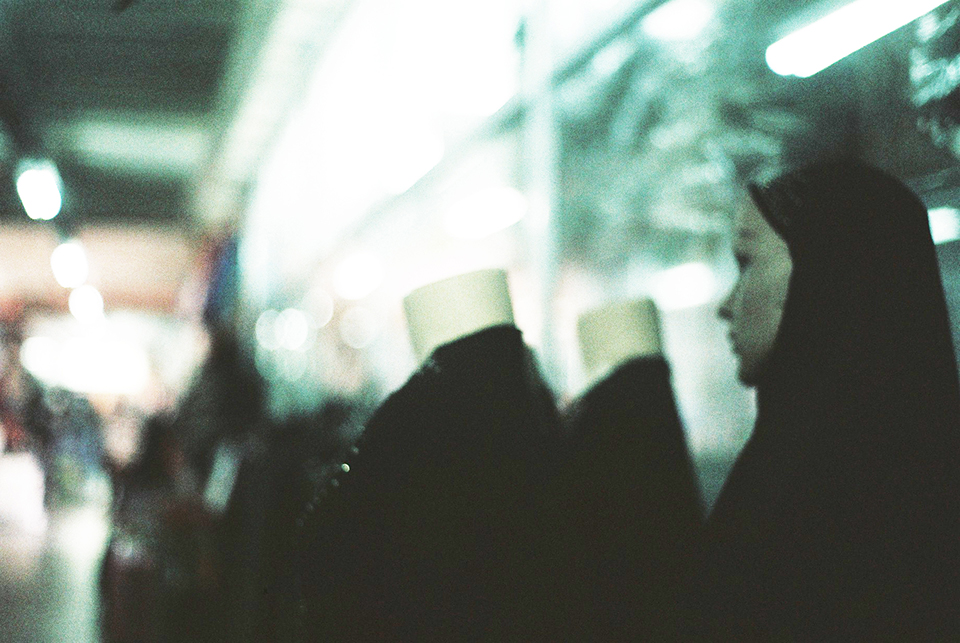
You also describe [wo]mannequin as a “continuing exploration and confrontation of the role my own political body, and the bodies of others, play within the carcass of South African society today”. Would you like to elaborate on this, specifically on confronting the role of your own political body and South African society as a carcass.
We are constantly watching ourselves. Yet isn’t it strange that we can never truly see our physical selves? That we are always looking at ourselves through some form of reflection – a mirror, a window, a photographic image, a screen. We have a physical body – it’s made up of the most intricate organs, oxygen, water, cells, DNA, etc. But of course we have a political body too. Where skin is not just cells. Where language is not just sound. Where clothes are not just fibers. Where the places we occupy are not just geography. What these signify to others, is political. It is this body that is socially controlled. It is this body we fixate on. And attempting to understand it, stripping it down and confronting it is important to me in order to build a more honest relationship with myself. And all humans, humanoids and living creatures alike.
Death is a huge theme in my work and I say carcass not to be gruesome, sensational or insensitive, but because death, as painful as it is, is a positive thing and it is not always physical. Old ideas need to die before new ones emerge. Death means life. But nothing truly dies anyway does it? Things just reform, take new shape. I think South Africa and the world is in an exciting reforming process. Despite my seemingly bleak subject matter of plastic people – I feel incredibly positive about the future of the country, the continent, the world, humanity et al.
You also see the mannequin as occupying the space between life and death, commodity and body, destruction and reconstruction of humanity and of self. Elaborate on the significance of this. I am particularly interested in the body/commodity dichotomy.
These are loaded concepts to unpack and “there are no short answers, not if you really want to know” (Paul Myburgh) 😉 But I think I touched the surface of what I mean about life and death / destruction and reconstruction in the question above. So I’ll try to focus on the body / commodity theme here. The perhaps more obvious themes this work unpacks is the use of the body, particularly the women’s body, to sell. Encouraging objectification and consumerism to which the woman / womxn often falls victim to.
I placed big neon pink FOR SALE // ON SPECIAL signs below all of my exhibition photographs. I don’t want to hide the fact that art is money. And I often wonder why art should be elevated from the perceived ‘low art’ of something like window dressing (the home of the mannequin). Mannequins are these silent salespeople, objects to play with, aspire to, to dress and undress. As a women, our bodies are constantly under question and scrutiny. As an artist today, we have had to become self-promotors – using our bodies to carry out and essentially sell our ideas, products and performances. If the work is a part of us, are we not selling ourselves? Meh, capitalism.
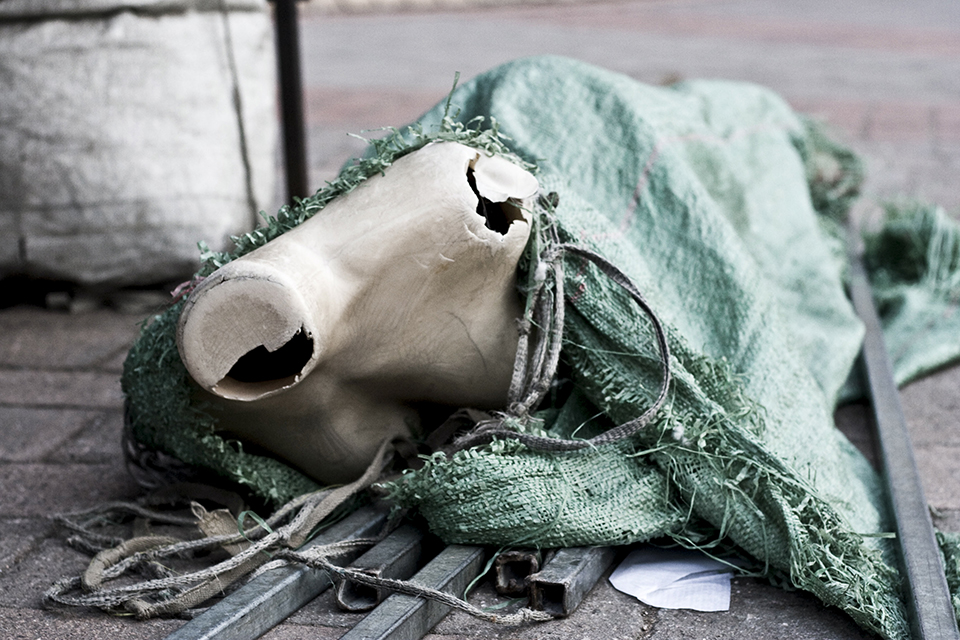
You also state that “this self-reflective multimedia exhibition essentially explores the remoteness of the real”. Would you like to elaborate on what you mean by this?
Looking at an event, or a person’s life, in photographed form has become more and more equivalent to participating in it. This obsession with documenting and preserving reality through photographs has, in one sense, doomed us. Distancing us from reality, it has inhibited us from engaging wholly in the world. Of course, the camera grants us access and assists us in seeing the world more acutely in another sense, I am not denying its importance and value. But is this concept of disconnect I am interrogating at the moment. How images can often simplify the chaos of lived experience. That is their beauty and their curse.
Mannequins themselves omit the real… nipples, pubic hair, bumps, pregnancy, varicose veins. (Where they at!?) Not to mention the predominant white plastic they are made of, what that omits and how problematic that in itself is in reflecting “reality”! Colonialism // whitewashing.
I often feel like these plastic dolls. Staring out through the glass of privilege, the cage of physicality - watching life happen around me, unable to partake in it, to run with it. It is this yearning for slowing down, for real human encounters, real human connection that moves me. In a sense, the mannequins were the best portraits of humans I could capture without pointing a camera at others. The best self-portraits I could capture without pointing a camera at myself. In a world governed by material objects, it would seem appropriate to express humanity through them.
Would you like to say something specific about Herr and this character featuring in the video @Herr1234?
The concept of Herr developed from the often unwanted attention my solitude gets in the city. The place of my political body in the city is often suspected and questioned. I have often been followed, asked if I am a prostitute, homeless, a Whoonga addict, a preacher of the gospel, or just a lost German tourist. To which I usually just reply, “No. I am just walking.” From a young age, women in particular are taught to guard their bodies, to not get hurt, to watch rather than participate. This I think is learned behaviour and of course yes, we must protect ourselves and others, but I often think this fear of physical harm holds women back more than it should.
My presence is often perplexing in places that are “not safe for a woman” and I developed this character, Herr, who is supposed to be a living mannequin in order to amplify this solitude into hyper-solitude. By drawing attention to my vulnerability and using it as a source of power. She owns the space in which I would ordinarily be trying to blend into or hide behind, using the camera.
The character, Herr, simultaneously developed from my ‘uneasiness’ with self-promotion as an artist. From the persona I project online via social media and the pressure that arises from that. I use Herr to explore societies ‘uneasiness’ with blurred gender lines // gender as performance // subject as object // self-promotion // and the limitations of the body in complex public spaces. She is a developing character / public performer and we have big plans.
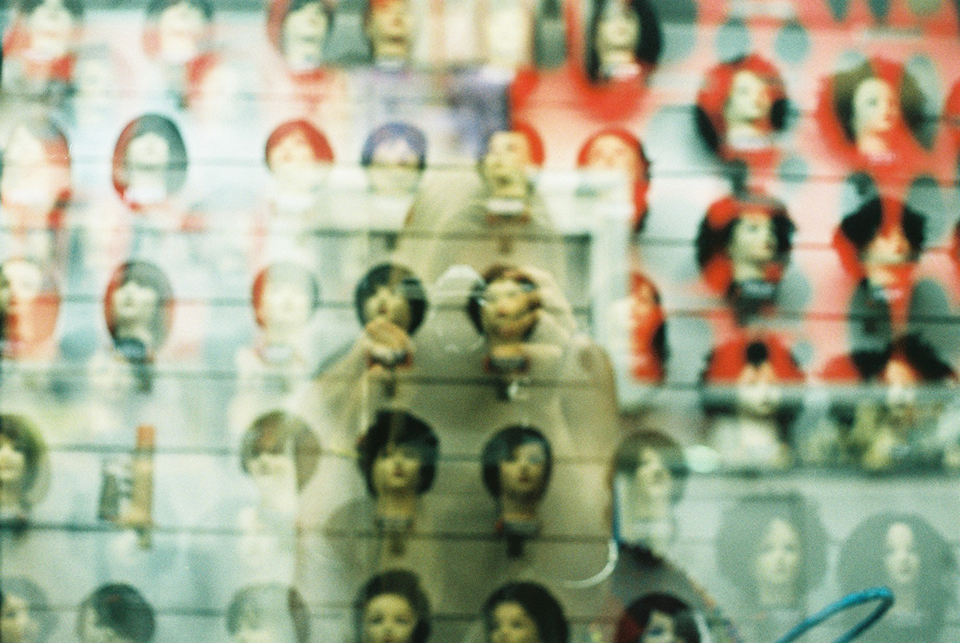
Are there any specific artworks or moments at the exhibition opening you would like to mention?
On the opening night Herr was sitting alone in the centre of the room on a plastic chair. Mute, still, watching its own reflection and the activity of those in the space via a set of mirrors. Here, Herr was the spectacle of its own exhibition. Yet it was an object without agency. Internalizing the gaze of ‘the other’.
It was interesting for me to witness the performance of socializing happening around me without having to participate in it. This is often what the camera in itself does – it magnetizes attention. Yet at the same time – confirms alienation. It is this border I am constantly on the verge on in my own personal life. The border between participant and observer. Awake and sleep.
Artists themselves are often so self-conscious and self-aware. And in this way I was able to experience my own work more intimately by being a character within it. I would have felt like a mannequin anyway at my own exhibition, so in a sense I was revealing this vulnerability of the artist. The idea of concealing myself in order to reveal myself.
To witness how people altered their behavior and became conscious of their own physical bodies knowing there was a presence in the room, watching them, like a camera, was also an interesting dynamic. Mostly, people in the space spoke about themselves – what they looked like, what they felt, what their experiences were – rather than the work and the obvious presence in the room. Narcissism – another big theme.
Here, I was inviting people to look at me, to touch me, to engage with me / Herr. But this didn’t really happen in the gallery room. But it happened on the streets. Therefore, the gallery is the safest and most dangerous place for art, isn’t it?
Would you like to say something about showing this work at The Other Room Durban?
The Other Room is a space for artists / thinkers / creators / whoever to explore new work, test ideas, throw something out there. It is so necessary for a space like this to exist and I am so proud and priveleged to have shared my work there. [Wo]mannequin is the third experiment / exhibition to be held at The Other Room, ahead of the brilliant minds of Donovan Orr and Doung Anwar Jahangeer.
The Other Room is the baby of Matthew Ovendale, a phenomenal artist, mind and dear friend. I did not study art or photography, but I have tons of projects and ideas I’m exploring all the time. Matt knew I had been photographing mannequins and invited me to share some of my work. My exhibition grew and changed over the course of a month and Matt assisted me throughout the whole process. We explored new mediums together, such as working with chemical plastics to make an actual plastic mold and mask of my own face. He was as excited about the project, as if it were his own.
I probably would never have gotten around to sharing and delving into this work the way I did without the space and support. The Other Room such a kif spot for people to get together, share, talk and engage with one another’s work. A step in the right direction. I was able to collaborate with so many incredible people on this project because of it and I can’t thank them enough.
To check out more of Robyn’s work visit her Tumblr.
